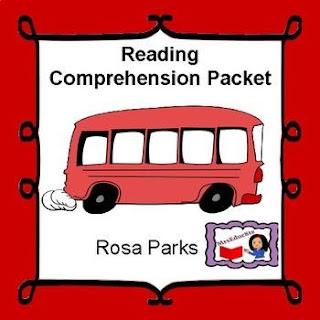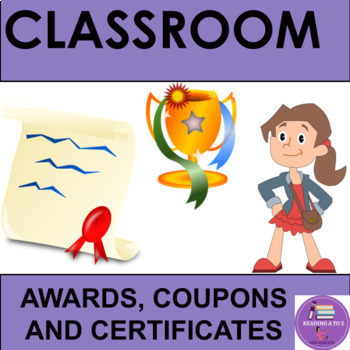How did I plan to do this, you ask?
I took a piece of paper and sketched out a few scenarios. I had to consider the expectations of the building. All teachers had to be in the hallway and monitor until the tardy bell rang. So I had been seeing post on FB about Bell Ringers and Do now activities, that at first I saw no need for. WRONG!
So I quickly thought of activities that students could do the first 5 to 7 minutes of class, while I monitored in the hall way. I came up with several possibilities. Have you tried any of these as a Reading teacher?
- Students enter and discuss previous reading with partners, by pulling one sticky note to talk about using the question prompts provided. Students are encouraged to revise and edit the sticky note and place both back in their journals, reflecting on them.
- Students would pull a sticky note from the previous night and right long and strong over it in their journals guided by questions that were on the board.
- Students would read independently, or complete previous nights homework if necessary.
- Students entered and began to do a write around based on prompts that were on the tables, it may reflect on a previous lesson, homework, or to set up the days workshop learning.
I than had to make sure that I read the lessons a head of time and wrote out my script using note cards or large sticky notes. I know from previous experience that trying to hold and read the text isn't effective or necessary. I make my anchor charts and or slides I planned to use for the week, ahead of time. I had to then practice them. It was a necessity that I stuck to no more than 15 minutes for my mini lesson. Now don't get me wrong, Some days my Mini was a Maxi and I had to reevaluate why and make adjustments because with 20 minutes left I, I was determined that kids would be independently reading and I would be conferring or pulling small groups after the first few weeks of schools.
The first nine weeks was a lot of learning curves for scheduling, managing time, and dealing with transitions, lunch, meetings and drills. Where I usually gather my data and use it to create my groups and conferring schedules, I found myself winging it. Anyone that knows me, knows this frustrated me. So I came up with several ways to approach the new 9 weeks, I looked at what happened the first nine weeks. I spent my weekend getting it together. I went through all my data, analyze my students strengths and weakness, created small groups, determined how to make sure I pull every student in a week. My goal is to pull at least 2 small groups a day, conferring the entire time or a combination of both.
Now that I realize 45 minutes is not as long as it seems, I have to be real strategic with managing my time especially in regards to the mini lesson. It is doable, even with Lucy Caulkins UOS. I learned from 7 years of using her resources, planning ahead is the key. I read the lessons for the week over the weekend and scripted out what I would say and do to meet the learning target of the lesson. I then made sure to look over each lesson again the day before I present the lesson.
Another game plan is to still plan to do the Do Now activity, So I scheduled them in a rotation format. I modeled them to the students and then I change it up daily. I than worked backwards. I still want to do the Do Now. I can use the entire independent reading block and hold table top conferences with as many students a day as I can giving mini teaching points. My goal is for students to spend most of their time reading during the time in my room, keeping my conferences between 2 to 7 minutes each. Which every I chose. I feel like I have a game plan. Yet as most games, their is always a foul or a fumble that has to be over come. We shall see.
Reading workshop is a model where kids should be reading most of the time. I realized that unlike elementary it isn't familiar to some MS teachers. With the time constraints, I see why. However, I know from experience that small groups and conferring is the way to move kids and kids need time in class to read or write during reading and writing. So I plan to make that happen.
So how do I create small groups in MS?
So how do I create small groups in MS?
I use my data. What data?
Reading logs:
I can analyze what they are reading, how many pages are they reading daily, how long is it taking them to finish a book, what their goals are and if they are meeting their goals. I can create small groups based on analysis.
Reading Journals:
What types of responses are they writing the most and least, are they using text evidence or not and/or are they demonstrating understanding of the learning targets from previous lessons.
Sticky notes:
What types of responses are they writing the most and least, are they using text evidence or not and/or are they demonstrating understanding of the learning targets from previous lessons.
Previous STAAR results:
I look at the categories and the TEK: The lowest and the highest
I look at MAP results:
Categories, sub categories, reading level range
I am able to form groups to meet the needs of the students using this information. Do I use it all? No, Do I look at it all? Yes you may find commonalities that would further solidify the groups you make. I than use various resources to find skills and strategies to address in my small groups. One of my biggest resources to use is Jennifer Serravallo: Reading Strategies book. I often come up with my own lessons to meet the TEK that I am addressing. I know I will modifying and adjusting as I go because that is what we as teachers do.
If you would like more information on small groups check out my previous blogs or grab this resource in my TPT store by hitting the tab on the right marked.
If you have the opportunity check out my other social media sites and follow me
www.instagram.com/MrsEduc8te/
www.facebook.com/rhonda.educates.5
www.twitter.com/mrseduc8te
www.teacherspayteacher.com/store/MrsEduc8te

















